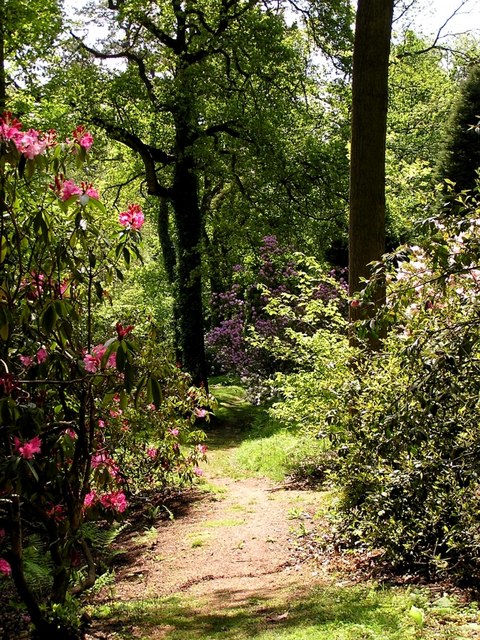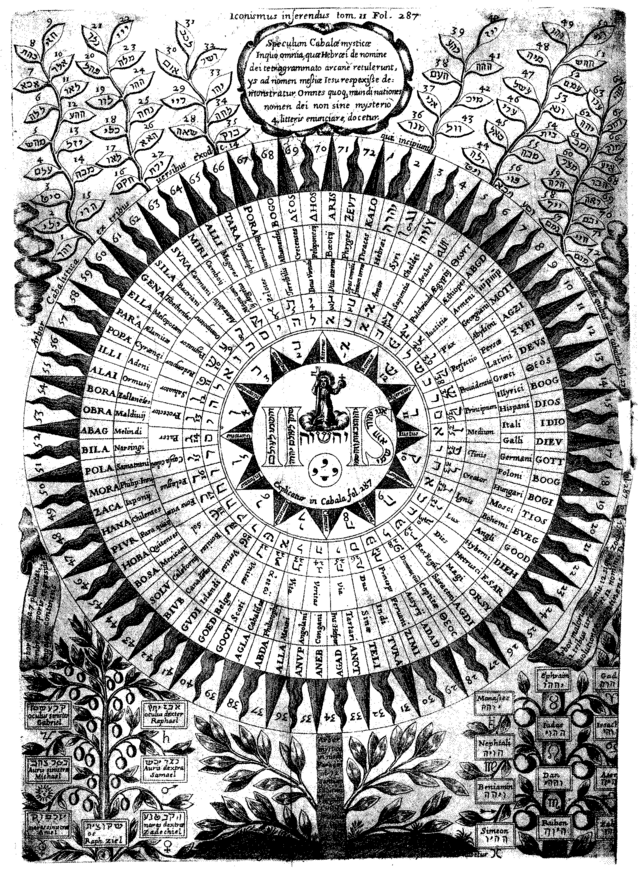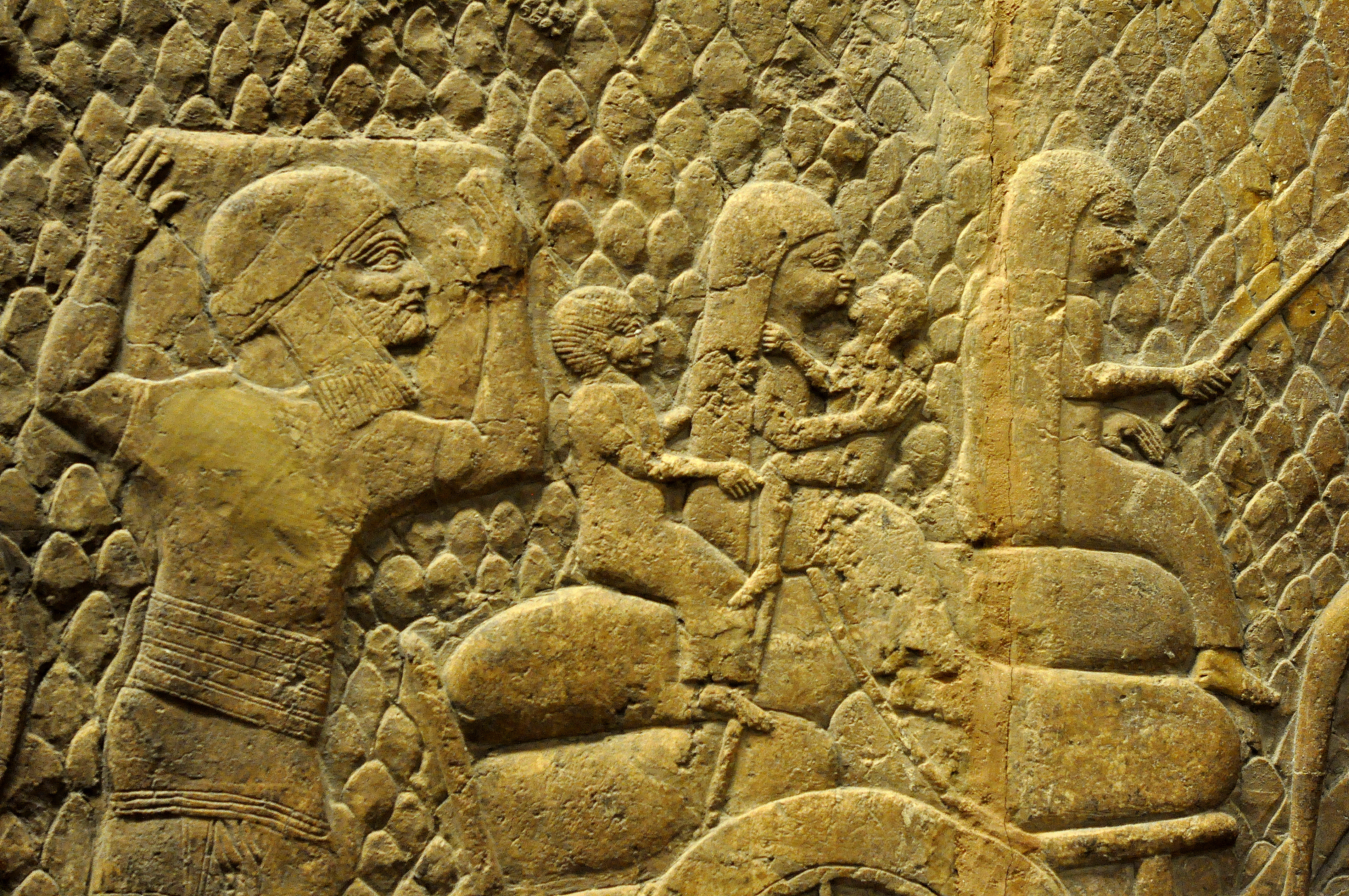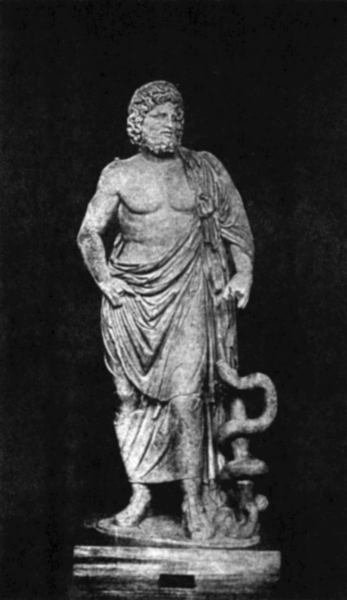|
Sleep Temple
Sleep temples (also known as dream temples or Egyptian sleep temples) are regarded by some as an early instance of hypnosis over 4000 years ago, under the influence of Imhotep. Imhotep served as Chancellor and as High Priest of the sun god Ra at Heliopolis. He was said to be a son of the ancient Egyptian demiurge Ptah, his mother being a mortal named ''Khredu-ankh''. Sleep temples were hospitals of sorts, healing a variety of ailments, perhaps many of them psychological in nature. Patients were taken to an unlit chamber to sleep and be treated for their specific ailment.The treatment involved chanting, placing the patient into a trance-like or hypnotic state, and analysing their dreams in order to determine treatment. Meditation, fasting, baths, and sacrifices to the patron deity or other spirits were often involved as well. Sleep temples also existed in the Middle East and Ancient Greece. In Greece, they were built in honor of Asclepios, the Greek god of medicine an ... [...More Info...] [...Related Items...] OR: [Wikipedia] [Google] [Baidu] |
Hypnosis
Hypnosis is a human condition involving focused attention (the selective attention/selective inattention hypothesis, SASI), reduced peripheral awareness, and an enhanced capacity to respond to suggestion.In 2015, the American Psychological Association Division 30 defined hypnosis as a "state of consciousness involving focused attention and reduced peripheral awareness characterized by an enhanced capacity for response to suggestion". For critical commentary on this definition, see: There are competing theories explaining hypnosis and related phenomena. ''Altered state'' theories see hypnosis as an altered state of mind or trance, marked by a level of awareness different from the ordinary state of consciousness. In contrast, ''non-state'' theories see hypnosis as, variously, a type of placebo effect,Kirsch, I., "Clinical Hypnosis as a Nondeceptive Placebo", pp. 211–25 in Kirsch, I., Capafons, A., Cardeña-Buelna, E., Amigó, S. (eds.), ''Clinical Hypnosis and Self-Regula ... [...More Info...] [...Related Items...] OR: [Wikipedia] [Google] [Baidu] |
Middle East
The Middle East ( ar, الشرق الأوسط, ISO 233: ) is a geopolitical region commonly encompassing Arabia (including the Arabian Peninsula and Bahrain), Asia Minor (Asian part of Turkey except Hatay Province), East Thrace (European part of Turkey), Egypt, Iran, the Levant (including Ash-Shām and Cyprus), Mesopotamia (modern-day Iraq), and the Socotra Archipelago (a part of Yemen). The term came into widespread usage as a replacement of the term Near East (as opposed to the Far East) beginning in the early 20th century. The term "Middle East" has led to some confusion over its changing definitions, and has been viewed by some to be discriminatory or too Eurocentric. The region includes the vast majority of the territories included in the closely associated definition of Western Asia (including Iran), but without the South Caucasus, and additionally includes all of Egypt (not just the Sinai Region) and all of Turkey (not just the part barring East Thrace). ... [...More Info...] [...Related Items...] OR: [Wikipedia] [Google] [Baidu] |
Gloucestershire
Gloucestershire ( abbreviated Glos) is a county in South West England. The county comprises part of the Cotswold Hills, part of the flat fertile valley of the River Severn and the entire Forest of Dean. The county town is the city of Gloucester and other principal towns and villages include Cheltenham, Cirencester, Kingswood, Bradley Stoke, Stroud, Thornbury, Yate, Tewkesbury, Bishop's Cleeve, Churchdown, Brockworth, Winchcombe, Dursley, Cam, Berkeley, Wotton-under-Edge, Tetbury, Moreton-in-Marsh, Fairford, Lechlade, Northleach, Stow-on-the-Wold, Chipping Campden, Bourton-on-the-Water, Stonehouse, Nailsworth, Minchinhampton, Painswick, Winterbourne, Frampton Cotterell, Coleford, Cinderford, Lydney and Rodborough and Cainscross that are within Stroud's urban area. Gloucestershire borders Herefordshire to the north-west, Worcestershire to the north, Warwickshire to the north-east, Oxfordshire to the east, Wiltshire to the south, Bristol ... [...More Info...] [...Related Items...] OR: [Wikipedia] [Google] [Baidu] |
Lydney Park
Lydney Park is a 17th-century country estate surrounding Lydney House, located at Lydney in the Forest of Dean district in Gloucestershire, England. It is known for its gardens and Roman temple complex. House and gardens Lydney Park was bought in 1719 by Benjamin Bathurst, son of the Cofferer of the Household to Queen Anne, and has remained in the family since then. The original house was close to the main road, with a large deer park behind it which was previously part of the estate of White Cross Manor. In 1875, Rev. William Hiley Bathurst built a new house in the centre of the deer park, with views over the River Severn. The new house was built by C. H. Howell, with a formal garden and shrubberies. The old house was demolished, apart from the buildings now occupied by the Taurus Crafts centre. Rev. Bathurst's grandson Charles, later Viscount Bledisloe, made some further changes to the garden before the house became used in the Second World War, first to hou ... [...More Info...] [...Related Items...] OR: [Wikipedia] [Google] [Baidu] |
Ancient Rome
In modern historiography, ancient Rome refers to Roman civilisation from the founding of the city of Rome in the 8th century BC to the collapse of the Western Roman Empire in the 5th century AD. It encompasses the Roman Kingdom (753–509 BC), Roman Republic (509–27 BC) and Roman Empire (27 BC–476 AD) until the fall of the western empire. Ancient Rome began as an Italic settlement, traditionally dated to 753 BC, beside the River Tiber in the Italian Peninsula. The settlement grew into the city and polity of Rome, and came to control its neighbours through a combination of treaties and military strength. It eventually dominated the Italian Peninsula, assimilated the Greek culture of southern Italy (Magna Grecia) and the Etruscan culture and acquired an Empire that took in much of Europe and the lands and peoples surrounding the Mediterranean Sea. It was among the largest empires in the ancient world, with an estimated 50 to 90 million inhabitants, roughly ... [...More Info...] [...Related Items...] OR: [Wikipedia] [Google] [Baidu] |
Mortimer Wheeler
Sir Robert Eric Mortimer Wheeler CH CIE MC TD (10 September 1890 – 22 July 1976) was a British archaeologist and officer in the British Army. Over the course of his career, he served as Director of both the National Museum of Wales and London Museum, Director-General of the Archaeological Survey of India, and the founder and Honorary Director of the Institute of Archaeology in London, in addition to writing twenty-four books on archaeological subjects. Born in Glasgow to a middle-class family, Wheeler was raised largely in Yorkshire before moving to London in his teenage years. After studying classics at University College London (UCL), he began working professionally in archaeology, specialising in the Romano-British period. During World War I he volunteered for service in the Royal Artillery, being stationed on the Western Front, where he rose to the rank of major and was awarded the Military Cross. Returning to Britain, he obtained his doctorate from UCL befor ... [...More Info...] [...Related Items...] OR: [Wikipedia] [Google] [Baidu] |
Names Of God
There are various names of God, many of which enumerate the various qualities of a Supreme Being. The English word ''god'' (and its equivalent in other languages) is used by multiple religions as a noun to refer to different deities, or specifically to the Supreme Being, as denoted in English by the capitalized and uncapitalized terms ''God'' and ''god''. Ancient cognate equivalents for the biblical Hebrew ''Elohim'', one of the most common names of God in the Bible, include proto-Semitic '' El'', biblical Aramaic '' Elah'', and Arabic '' 'ilah''. The personal or proper name for God in many of these languages may either be distinguished from such attributes, or homonymic. For example, in Judaism the tetragrammaton is sometimes related to the ancient Hebrew ''ehyeh'' (" I will be"). In the Hebrew Bible (), YHWH, the personal name of God, is revealed directly to Moses. Correlation between various theories and interpretation of the name of "the one God", used to signify a monoth ... [...More Info...] [...Related Items...] OR: [Wikipedia] [Google] [Baidu] |
Hebrew Alphabet
The Hebrew alphabet ( he, אָלֶף־בֵּית עִבְרִי, ), known variously by scholars as the Ktav Ashuri, Jewish script, square script and block script, is an abjad script used in the writing of the Hebrew language and other Jewish languages, most notably Yiddish, Ladino, Judeo-Arabic, and Judeo-Persian. It is also used informally in Israel to write Levantine Arabic, especially among Druze. It is an offshoot of the Imperial Aramaic alphabet, which flourished during the Achaemenid Empire and which itself derives from the Phoenician alphabet. Historically, two separate abjad scripts have been used to write Hebrew. The original, old Hebrew script, known as the paleo-Hebrew alphabet, has been largely preserved in a variant form as the Samaritan alphabet. The present "Jewish script" or "square script", on the contrary, is a stylized form of the Aramaic alphabet and was technically known by Jewish sages as Ktav Ashuri, Ashurit (lit. "Assyrian script"), since its o ... [...More Info...] [...Related Items...] OR: [Wikipedia] [Google] [Baidu] |
Hebrews
The terms ''Hebrews'' (Hebrew Hebrew (; ; ) is a Northwest Semitic language of the Afroasiatic language family. Historically, it is one of the spoken languages of the Israelites and their longest-surviving descendants, the Jews and Samaritans. It was largely preserved ...: / , Modern: ' / ', Tiberian: ' / '; ISO 259-3: ' / ') and ''Hebrew people'' are mostly considered synonymous with the ancient Semitic-speaking peoples, Semitic-speaking Israelites, especially in the pre-Kingdom of Israel (united monarchy), monarchic period when they were still nomadic. However, in some instances it may also be used in a wider sense, referring to the Phoenicians, or to other ancient groups, such as the group known as Shasu, Shasu of ''Yhw'' on the eve of the Late Bronze Age collapse, Bronze Age collapse, which appears 34 times within 32 verses of the Hebrew Bible. It is sometimes regarded as an ethnonym and sometimes not. By the time of the Roman Empire, Greek ''Hebraios'' could ... [...More Info...] [...Related Items...] OR: [Wikipedia] [Google] [Baidu] |
Incubation (ritual)
Incubation is the religious practice of sleeping in a sacred area with the intention of experiencing a divinely inspired dream or cure. Incubation was practised by many ancient cultures. In perhaps the most well known instance among the Hebrews, found in 1 Kings 3, Solomon went to Gibeon "because that was the most renowned high place to offer sacrifices." There "the appeared to Solomon in a dream at night," and Solomon asked God for the gift of an understanding heart. Among the members of the cult of Asclepius, votive offerings found at ritual centres at Epidaurus, Pergamum, and Rome detail the perceived effectiveness of the method. Incubation was adopted by certain Christian sects and is still used in a few Greek monasteries. Modern practices for influencing dream content by dream incubation use more research-driven techniques, but sometimes they incorporate elements reflecting ancient beliefs. A form of incubation was also used by the iatromantes of the ancient Gre ... [...More Info...] [...Related Items...] OR: [Wikipedia] [Google] [Baidu] |
Asclepieion
Asclepieia ( grc, Ἀσκληπιεῖον ''Asklepieion''; Ἀσκλαπιεῖον in Doric dialect; Latin ''aesculapīum'') were healing temples located in ancient Greece (and in the wider Hellenistic and Roman world), dedicated to Asclepius, the first doctor-demigod in Greek mythology. Asclepius was said to have been such a skilled doctor that he could even raise people from the dead. So stemming from the myth of his great healing powers, pilgrims would flock to temples built in his honor in order to seek spiritual and physical healing. Asclepieia included carefully controlled spaces conducive to healing and fulfilled several of the requirements of institutions created for healing. Treatment at these temples largely centered around promoting healthy lifestyles, with a particular emphasis on a person's spiritual needs. Characteristic of the Asclepieion was the practice of '' incubatio'', also known as 'temple sleep.' This was a process by which patients would go to sleep in ... [...More Info...] [...Related Items...] OR: [Wikipedia] [Google] [Baidu] |
God Of Medicine
A health deity is a god or goddess in mythology or religion associated with health, healing and wellbeing. They may also be related to childbirth or Mother Goddesses. They are a common feature of polytheistic religions. List of health deities African * Jengu, water spirits that bring good fortune and cure disease * Waaq/Waaqa, sky god that was worshipped by the Somali and Oromo people before Islam and Christianity * !Xu, sky god of the Bushmen of southern Africa who is invoked in illness * Sonzwaphi, deity of healing, Zulu mythology Yoruba and Afro-American * Aja, spirit of the forest, the animals within it and herbal healers * Babalú-Ayé, spirit of illness and disease * Erinlẹ, spirit of abundance, the healer, and Physician to the Orisha * Loco, patron of healers and plants * Mami Wata, a pantheon of water deities associated with healing and fertility * Ọsanyìn, spirit of herbalism * Sopona, god of smallpox Armenian * Anahit, goddess of fertility and healing, wisdo ... [...More Info...] [...Related Items...] OR: [Wikipedia] [Google] [Baidu] |







